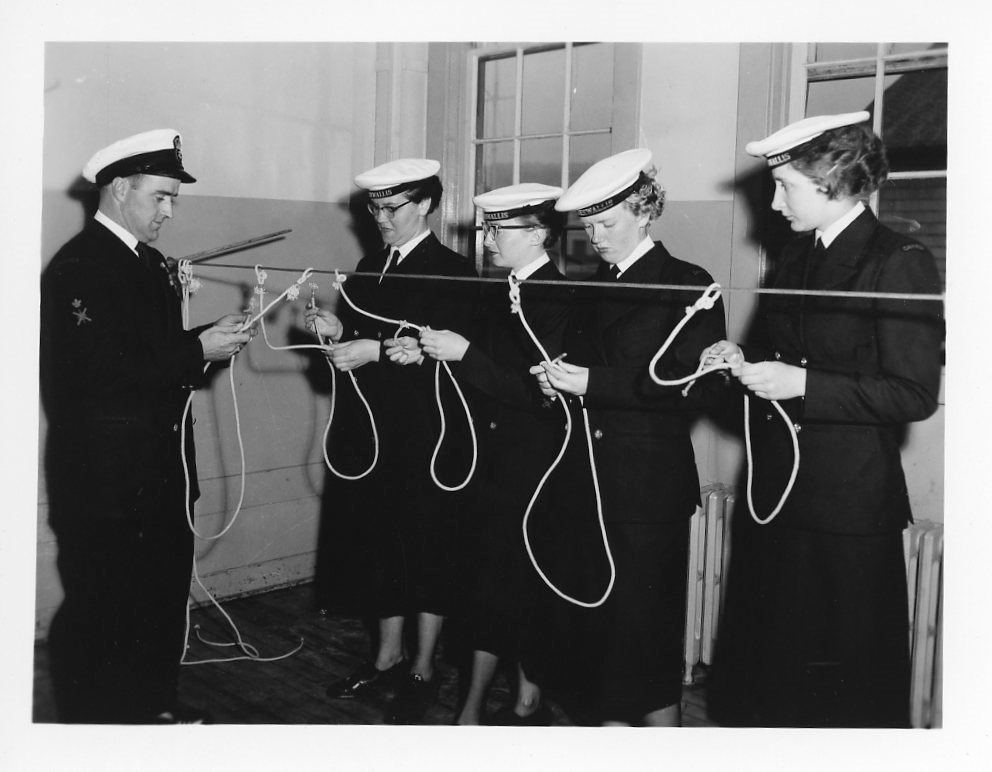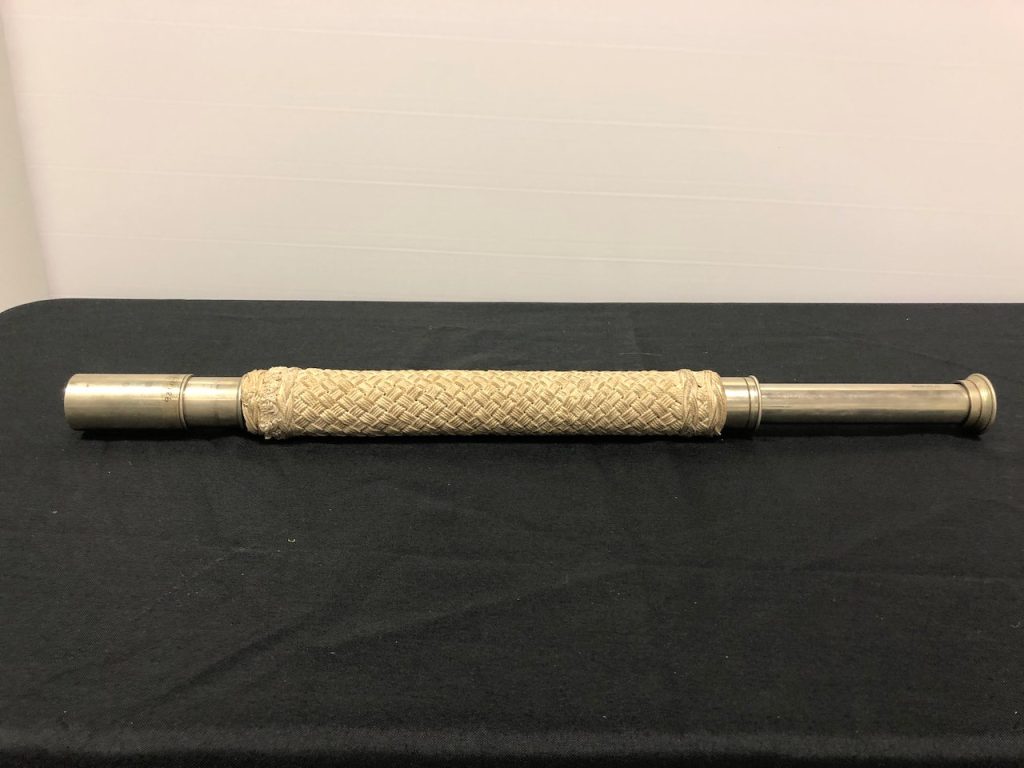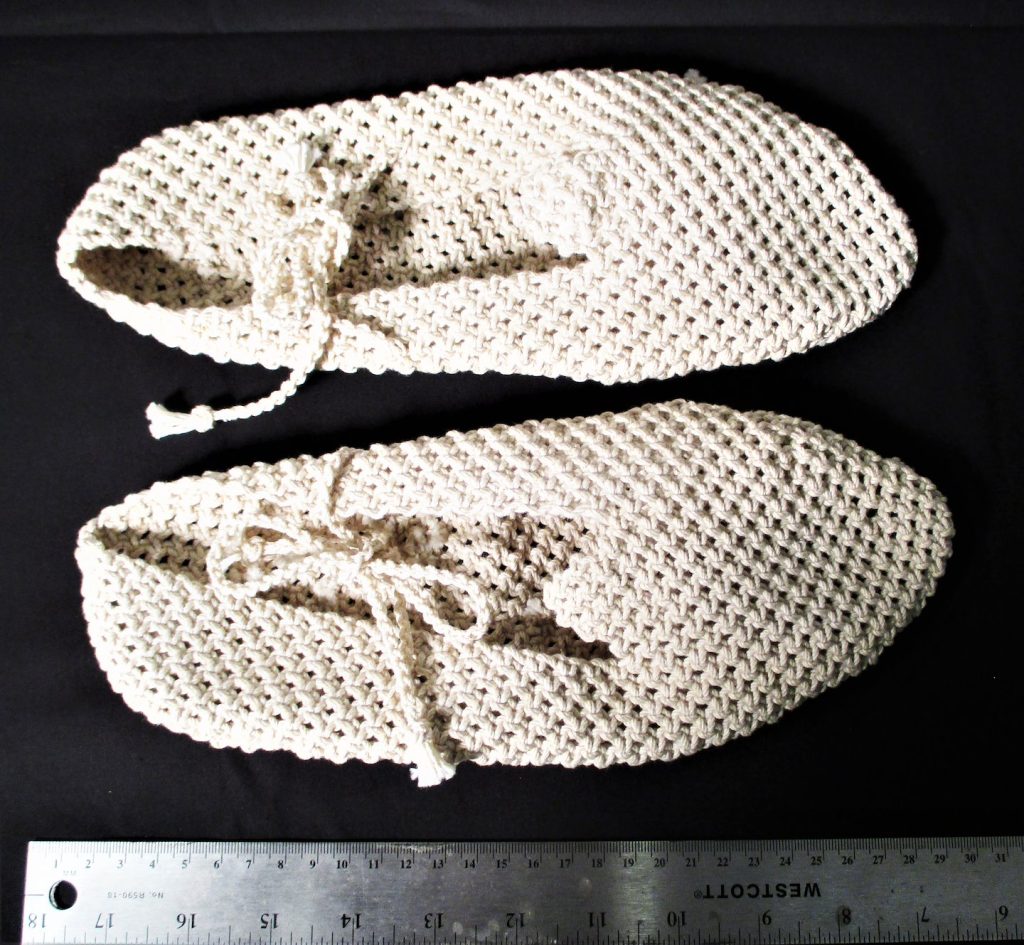
What are Collection Connections?
Have you ever looked at one of our programs and thought to yourself, “That looks interesting, but what does that have to do with maritime history?” All our programs at the Maritime Museum of British Columbia are inspired by the artefacts and stories held in our collections.
Feature Program: Rope Keychains
Rope Keychains is one of our free Salty Sunday drop-in programs. Participants learn the basic knot of macramé, the square knot, and use it to create a stylish accessory. Knots are one of the oldest forms of human technology! The earliest archeological evidence of knots dates back around 15,000 to 17,000 years. Knots are woven throughout maritime history and the vessels that have travelled the ocean for thousands of years.
On the sea, knots are essential. Sail vessels have relied on knots to function since they were first used about 4000 years ago. Knot tying was a part of the daily lives of sailors. They learned and utilized hundreds of different knots, trading their knowledge with other crew members and those they met in new places.
Knot tying became more than just a functional necessity. In their spare time aboard these vessels, sailors used their knowledge and skills to make art. Macramé is an art form where many knots are tied to create designs. It is believed that 13th-century Arab weavers originated the practice. They used the excess threads on the edge of textiles to make detailed patterns. Sailors used macramé techniques to create beautiful pieces of knotwork that were bought, sold, and traded across continents.

MMBC Archives P988.100.2.5.
From the Archives
Members of the Women’s Royal Canadian Naval Service (Wrens) practicing their knots. The ability to memorize and execute knots is a necessary skill to work at sea.
The WRCNS was in operation from October 1942 to August 1946. The MMBC holds an extensive collection of photos from WRCNS training.

Telescope. MMBC Collection 988.017.0001.
From the Collection
Even decorative knotwork can be functional. The knotwork on the side of this telescope would have protected someone’s hands from the metal when they were using it in cold weather.

These slippers are made entirely from reef knots. This type of object might have been made in a seafarer’s spare time at sea and sold when they reached new places.
Knotwork slippers. MMBC Collection 2958.
In our collection at the Maritime Museum of British Columbia, we have many objects made from or decorated with macramé.
What’s Next?
There’s more to do and see every day at the MMBC–check out the links to the right for your next maritime adventure.



